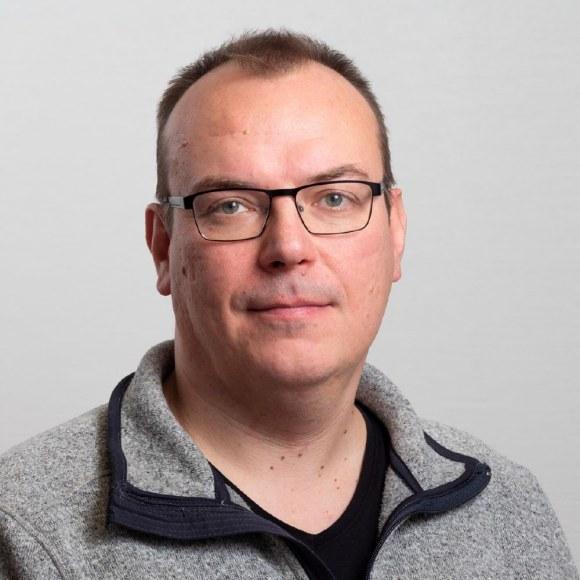
Practical applications of Digital Twins in the Satakunta region project produces a new kind of experimental environment and co-creation methods for the joint use of Satakunta business life and developer organisations that produce technology concepts. This will promote know-how related to the utilization and use of digital twins, as well as the adoption of advanced technology concepts.


Background
The project is initiated by the following issues for general development and technology utilization:
- Satakunta RDI Intensity: Satakunta's RDI intensity (research, development and innovation activities) relative to the region's population and exports is weaker than the rest of Finland. The export capacity and attractiveness of the region's economy will weaken. The activity of companies and organisations in the region to initiate RDI activities needs co-development methods between business life and research activities.
- Digital Twin Piloting: Digital twin piloting in Satakunta is limited compared to ongoing development projects in the Helsinki Metropolitan Area or Pirkanmaa region, for example. The digital twin enables cost savings through process modeling, simulation, and foresight, providing significant untapped potential for companies that have not integrated the digital twin into their business.
Goal
The main objective is to create a shared experimental environment and co-creation approach for Satakunta's business life and developer organisations. In practice, this means utilizing the digital twin in business development and renewal, and this is being tested and piloted in cooperation with business actors in the region, such as SMEs.
Impact
The impact of the project extends to both business development and the overall RDI intensity of the region, and the project leaves behind concrete tools and practices that can be utilized after the project ends:
Short-term effects:
- The project will lower the threshold for companies to experiment with new operating methods and tools to develop their business
- Industry in the region will have the opportunity to increase the intensity of RDI activities related to the use of advanced technology already during the project
Long-term effects:
- The results of the project are documented so that they are available and available to companies and organisations in Satakunta even after the project has ended
- The project allows companies to independently launch and implement their own digital twin pilot projects
In addition, the environment and resource wisdom are also effective, where the usability of digital twins motivates business and public actors to new environmental and resource wisdom actions, promoting the goals set for green growth.
Funding
Funding source
European Regional Development Fund (ERDF) / Regenerating and knowledgeable Finland 2021-2027, EU Programme for Regional and Structural Policy
Coordinating organisation
The project is carried out by the GPT-Lab research group of the University of Tampere.
Co-operators
The project partners are:
- ROBCOAST EDIH Consortium
- Maribor University
- (data to be specified later)
Contact persons
The contact person is Research Manager Jari Soini
Project team members
The project received the approval of the financier
Practical applications of Digital Twins in the Satakunta region was one of the first five projects of the new programming period (2021-2027) that received the funding decision of the Satakunta Union on 24 March 2023.





